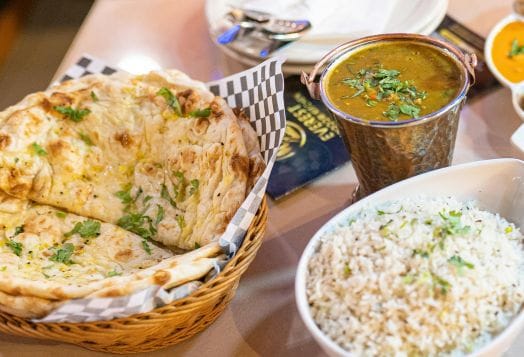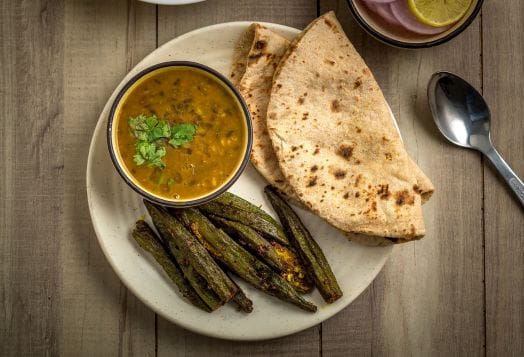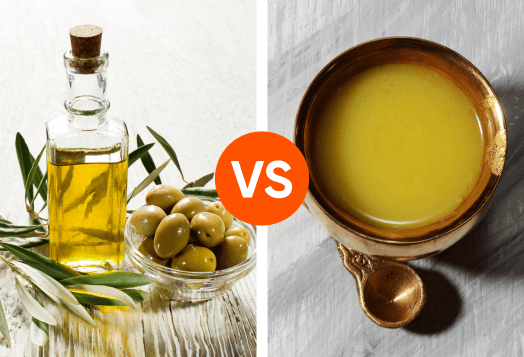"Khaane ka mazaa toh saath baithne se aata hai" If you've grown up in an Indian household, you know that food is more than just sustenance; it is an emotion. But in a world obsessed with diets and calorie counting, our humble dal, chawal, and roti often get sidelined. The question is, can these everyday staples actually be the secret to a healthy, balanced diet? Let’s dig in!
The Nutritional Power of Dal, Chawal, and Roti

Most Indian households have grown up on a staple diet of lentils, flatbreads, and rice. But how do these foods contribute to a well-rounded diet?
Dal: The protein powerhouse
Lentils are the backbone of Indian meals, offering a rich source of plant-based protein. Whether it’s moong dal, toor dal, or masoor dal, they provide essential amino acids, fibre, and iron.
But is dal good for weight loss? Absolutely! With its high fibre content, dal keeps you full for longer, preventing unnecessary snacking. Plus, it stabilises blood sugar levels, making it an excellent choice for diabetics. Pairing dal with roti or chawal completes the amino acid profile, making it a great vegetarian protein source.
Roti: The wholesome grain
Roti is often demonized in fad diets, but whole wheat or millet rotis are packed with complex carbohydrates and fiber. Unlike refined carbs, roti digests slowly, keeping energy levels stable throughout the day. Opting for bajra or jowar rotis can add more minerals and antioxidants to your diet, making your meal even healthier.
Chawal: The Comforting Carb
Rice has unfairly gained a bad reputation in weight loss discussions. But in reality, it depends on portion size and the type of rice you eat. The calories in dal chawal are moderate when consumed mindfully. Brown rice is often promoted as the healthier choice due to its fiber content, but traditional white rice, when paired with dal, offers a well-balanced meal that’s easy to digest.
Why Indian Food Can Be the Best Diet Plan
Unlike restrictive diets that cut out entire food groups, Indian meals naturally offer a balance of macronutrients. The mix of carbs, protein, and healthy fats supports sustained energy levels while keeping meals flavorful and fulfilling.
Another bonus? Indian spices like turmeric, cumin, and fenugreek are packed with antioxidants and digestive benefits. Traditional dishes like khichdi work wonders because they combine lentils, rice, and mild spices, making them easy on the stomach while providing complete nutrition.
How to Make Traditional Indian Meals Healthier

Indian food is naturally wholesome, but modern shortcuts, like excessive oil, refined ingredients, and processed foods, can reduce its health benefits. A few mindful tweaks can enhance both nutrition and flavor, ensuring your meals remain balanced and nourishing. Here’s how to ensure your meals stay nutritious:
Smarter ingredient choices for better nutrition
Choose whole grains over refined ones: opt for bajra, jowar, and ragi instead of refined flour or polished rice. These whole grains offer more fiber, keeping you full longer and aiding digestion.
Use healthier fats: Mustard oil, coconut oil, and ghee (in moderation) are excellent alternatives to refined vegetable oils, providing essential fatty acids and enhancing nutrient absorption.
Priorities seasonal and local produce: Fresh, local vegetables retain more nutrients and align with your body’s needs according to the season.
Cooking techniques that preserve nutrients
Steam, sauté, or grill instead of deep-frying: These methods retain the natural goodness of ingredients while keeping meals light and easy to digest.
Avoid overcooking vegetables: Cook until just tender to preserve vitamins and minerals. Overcooked greens and pulses lose their nutritional value.
Limit processed foods and excess salt: Packaged masalas, ready-made gravies, and excessive sodium can increase bloating and water retention. opt for fresh, homemade spice blends for a healthier alternative.
Creating a Balanced Indian Diet Plan

Think of your plate as a Bollywood blockbuster, and it needs the right mix of drama, action, and comedy to be a hit! Similarly, a well-balanced meal should have the perfect blend of nutrients to keep you energized and satisfied. Here’s how to put together a superhit Indian thali:
Protein-packed dal: Your hero of the meal, providing essential protein and fiber.
Roti or rice: The dependable sidekick that gives you sustainable energy. Switch between dal chawal and dal roti to keep things exciting!
Vibrant veggies: The supporting cast that brings color, crunch, and loads of vitamins and minerals.
Probiotic curd: The gut-friendly comic relief that aids digestion and keeps your tummy happy.
Debunking Common Myths About Indian Food
Indian cuisine often gets a bad reputation for being oily, carb-heavy, or difficult to digest. However, these are mostly misconceptions driven by modern eating habits rather than traditional cooking methods. Let’s set the record straight:
"Rice leads to weight gain": Rice itself is not the problem; portion size and pairing matter. A balanced plate of dal chawal provides protein, fiber, and essential nutrients, making it a wholesome meal. Opting for brown rice or controlling portions can make it even healthier.
"Indian food is too heavy": While rich curries and fried snacks exist, everyday staples like dal chawal and khichdi for weight loss are light, easy to digest, and packed with nutrients. It all comes down to how you cook and balance your meals.
"Spices upset the stomach": On the contrary, Indian spices like turmeric, cumin, and asafetida (Hing) actually aid digestion, reduce inflammation, and boost metabolism. The key is moderation and mindful combinations rather than excessive spice levels.
The Timeless Health Benefits of Indian Food
Indian food is about tradition and about wholesome, balanced nutrition. By choosing the right ingredients and cooking methods, dal, roti, and chawal can be one of the best diet plans for overall health and weight management. So, instead of chasing fad diets, embrace the goodness of home-cooked Indian meals. After all, our grandmothers knew best!
Disclaimer: The information provided in this blog is intended for general informational purposes only. To learn more about the benefits of dal, chawal, and roti in your diet, please consult a certified nutritionist.




